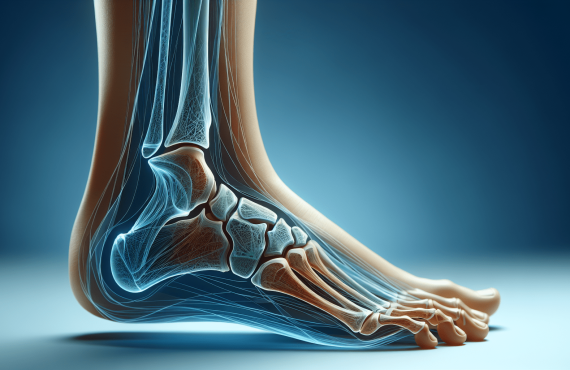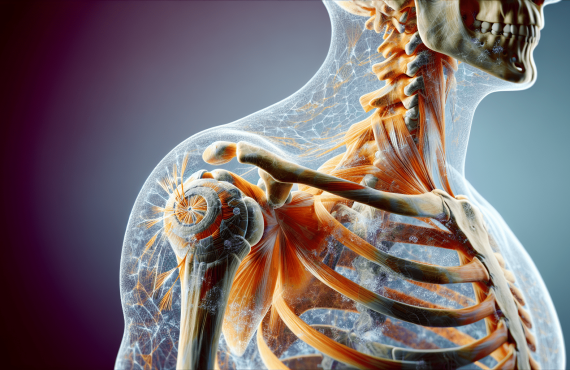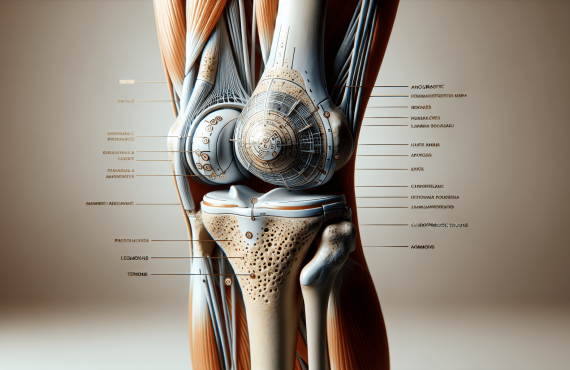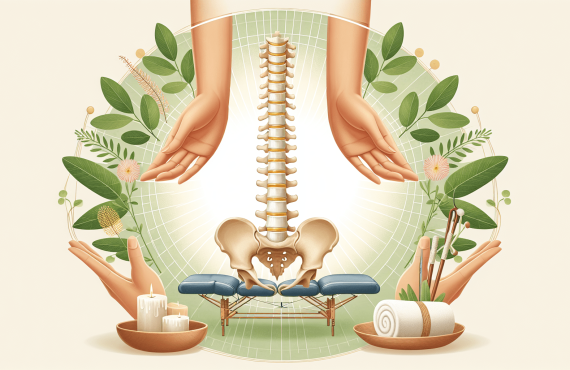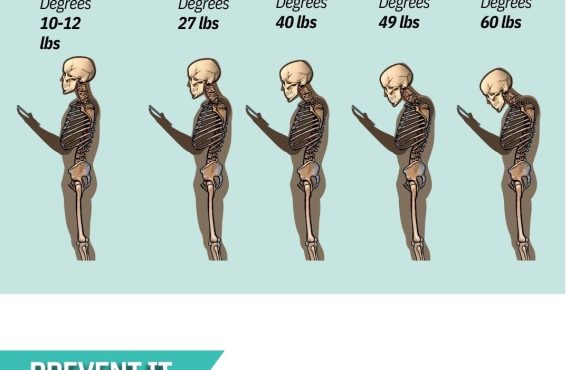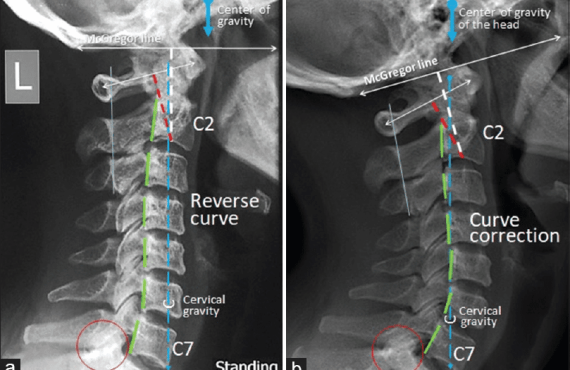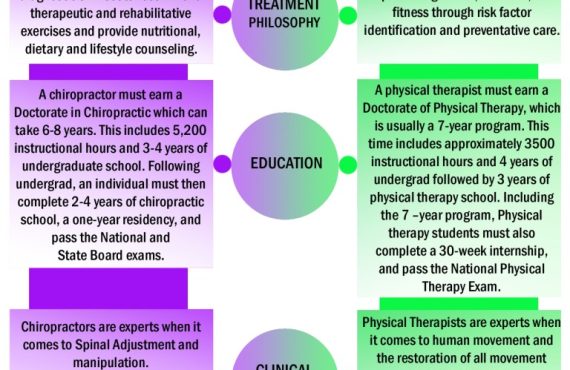When it comes to chiropractic adjustments, knowing what to expect can help ease any apprehension or uncertainty you may have. At Henry Chiropractic in Pensacola, Florida, owned and operated by Dr. Craig Henry and with the assistance of Dr. Aaron Hixon, you can trust in their expertise and passion for helping others. Whether you’re seeking relief from back pain or simply looking to improve your overall wellness, their team will work with you to create a personalized treatment plan. With a variety of chiropractic techniques at their disposal, including Diversified, Gonstead Spinal Manipulation, and Instrument Assisted Soft Tissue Mobilization (IASTM), you can rest assured that your well-being is in capable hands. So, if you’ve been considering chiropractic care, find out what to expect and take the first step towards a healthier, pain-free life.
Table of Contents
What Are Chiropractic Adjustments?
chiropractic adjustments, also known as spinal manipulations, are non-invasive treatments performed by chiropractors to address joint misalignments or dysfunctions in the spine. These adjustments involve applying controlled and precise pressure to the affected area to restore proper alignment and improve the function of the nervous system.
The Purpose of Chiropractic Adjustments
The main purpose of chiropractic adjustments is to alleviate pain, promote healing, and improve overall wellness. By adjusting the spine, chiropractors aim to optimize the body’s natural ability to heal and function properly. Chiropractic care focuses on the relationship between the spine and the nervous system, as any disruptions in this relationship can lead to various health issues.
Benefits of Chiropractic Adjustments
Chiropractic adjustments offer a wide range of benefits for individuals seeking non-invasive and drug-free treatment options. Some of the key benefits include:
1. Pain Relief
Chiropractic adjustments can provide effective relief from acute and chronic pain, particularly in the back, neck, and joints. By realigning the spine, chiropractors can alleviate pressure on the affected nerves, reducing pain and inflammation.
2. Improved Range of Motion
Joint misalignments can restrict the movement of the affected area, leading to reduced range of motion. Chiropractic adjustments help restore proper alignment, allowing for improved flexibility and increased range of motion.
3. Enhanced Function of the Nervous System
The nervous system plays a crucial role in the body’s overall function and health. Misalignments in the spine can interfere with the proper functioning of the nerves. Chiropractic adjustments help remove these interference, allowing the nervous system to function optimally.
4. Better Posture
Poor posture is a common issue that can cause musculoskeletal pain and affect overall well-being. Chiropractic adjustments can help correct posture by addressing imbalances in the spine and promoting proper alignment of the body.
5. Improved Athletic Performance
Chiropractic care is not only beneficial for individuals experiencing pain or discomfort but also for athletes looking to enhance their performance. By optimizing spinal alignment and nervous system function, chiropractic adjustments can improve overall body mechanics, leading to better athletic performance.
Conditions That Can Benefit from Chiropractic Adjustments
Chiropractic adjustments can provide relief and improvement for a variety of conditions and symptoms, including:
1. Back Pain
One of the most common reasons people seek chiropractic care is to address back pain. Chiropractic adjustments can help alleviate pain caused by conditions such as herniated discs, sciatica, and muscle strains.
2. Neck Pain
Chiropractic adjustments can be effective in relieving neck pain caused by poor posture, whiplash injuries, or cervical spine misalignments. By realigning the cervical spine, chiropractors can reduce pain and stiffness in the neck.
3. Headaches and Migraines
Tension headaches and migraines can be debilitating and affect daily life. Chiropractic care, particularly adjustments targeting the neck and upper spine, can help reduce the frequency and severity of these headaches.
4. Joint Pain
Arthritis, bursitis, and other joint-related conditions can cause chronic pain and limited mobility. Chiropractic adjustments can provide relief by improving joint function and reducing inflammation.
5. Pregnancy-Related Discomfort
Pregnant women often experience discomfort in the lower back and pelvis due to the changes happening in their bodies. Chiropractic adjustments can offer relief by addressing spinal misalignments and reducing pressure on the nerves.
Types of Chiropractic Adjustments
Chiropractors employ different techniques and methods to perform adjustments based on the patient’s condition and preferences. Some common types of chiropractic adjustments include:
1. Diversified Technique
The diversified technique is the most commonly used chiropractic adjustment method. It involves applying a quick and precise thrust to the affected joint to restore alignment and improve joint function.
2. Gonstead Technique
The Gonstead technique focuses on analyzing the spine and pelvis to identify specific areas of misalignment. Chiropractors using this technique make adjustments using manual thrusts or specialized instruments.
3. Activator Technique
The activator technique utilizes a handheld instrument called an activator to deliver a controlled and gentle impulse to the spine or joints. This method is often preferred for patients who may be uncomfortable with manual adjustments.
4. Thompson Technique
The Thompson technique involves using a specialized table with drop segments to perform adjustments. These drop segments provide a gentle and controlled thrust during the adjustment process.
5. Flexion-Distraction Technique
The flexion-distraction technique is commonly used for treating disc-related conditions such as herniated discs and sciatica. This method involves using a specialized table that gently stretches and flexes the spine to relieve pressure and promote healing.
How Chiropractic Adjustments Are Performed
Chiropractic adjustments are typically performed by licensed chiropractors who have undergone extensive training in the field. The process of a chiropractic adjustment can vary depending on the technique used and the specific needs of the patient. However, the general steps involved may include:
-
Initial Assessment: The chiropractor will conduct a thorough examination, which may include reviewing the patient’s medical history, conducting physical tests, and possibly ordering diagnostic imaging.
-
Treatment Plan: Based on the assessment findings, the chiropractor will develop a personalized treatment plan tailored to the patient’s condition and goals.
-
Patient Positioning: The patient will be placed in a specific position that allows the chiropractor to access the targeted area of the spine or joint.
-
Adjustment Technique: Using their hands, specialized instruments, or a chiropractic table, the chiropractor will apply controlled pressure to the affected area to perform the adjustment.
-
Follow-Up Care: After the adjustment, the chiropractor may recommend additional treatments, such as therapeutic exercises or lifestyle modifications, to support the healing process.
Preparing for a Chiropractic Adjustment
Before undergoing a chiropractic adjustment, it is essential to prepare to ensure a safe and effective treatment session. Here are some tips to consider:
-
Research and Choose a Qualified Chiropractor: Look for a licensed chiropractor who has experience treating your specific condition. Consider reading reviews or seeking recommendations from trusted sources.
-
Provide Complete Medical History: Inform the chiropractor about any pre-existing medical conditions, surgeries, or injuries you have had. This information will help the chiropractor tailor the treatment plan to your needs.
-
Dress Comfortably: Wear loose-fitting clothing that allows for unrestricted movement during the adjustment. Avoid wearing clothing with belts, buckles, or restrictive materials that may impede the process.
-
Communicate Openly: During the initial consultation and throughout the treatment, communicate any concerns or questions you may have with the chiropractor. Open communication can help ensure a positive and effective experience.
-
Follow Pre-Adjustment Instructions: Your chiropractor may provide specific instructions to follow before the adjustment, such as avoiding certain activities, applying heat or cold therapy, or performing specific stretches.
During a Chiropractic Adjustment
During a chiropractic adjustment, it is essential to relax and trust the expertise of the chiropractor. Here’s what you can expect during the adjustment:
-
Communication: The chiropractor will explain the steps involved in the adjustment and ask for your consent before proceeding. Feel free to ask questions or express any concerns you may have.
-
Re-positioning: The chiropractor will guide you into the proper positioning required for the adjustment. This may involve lying down on a chiropractic table or assuming a specific posture.
-
Application of Pressure: Using their hands, specialized instruments, or a chiropractic table, the chiropractor will apply controlled and precise pressure to the targeted area. You may feel a gentle popping or cracking sensation, which is normal and signifies the release of pressure.
-
Feedback and Adjustments: Throughout the adjustment, the chiropractor may ask for feedback on how you are feeling. This allows them to make any necessary modifications to ensure optimal results.
-
Post-Adjustment Evaluation: After the adjustment, the chiropractor will provide guidance on any post-treatment care, such as applying ice or heat, performing specific exercises, or avoiding certain activities.
After a Chiropractic Adjustment
After a chiropractic adjustment, it is essential to follow any post-treatment instructions provided by the chiropractor. Here are some general recommendations to consider:
-
Take It Easy: Allow your body to rest and recover after the adjustment. Avoid engaging in strenuous physical activities or movements that may strain the treated area.
-
Stay Hydrated: Proper hydration is crucial for optimal healing. Drink plenty of water to keep your body hydrated and support the natural healing process.
-
Follow Up with Your Chiropractor: Depending on your condition, your chiropractor may recommend multiple treatment sessions. It is important to attend these sessions as scheduled to ensure the best possible outcome.
-
Monitor Your Symptoms: Pay attention to any changes in your symptoms after the adjustment. If you experience persistent or worsening pain, contact your chiropractor for further evaluation.
-
Incorporate Healthy Habits: To maintain the benefits of the adjustment, consider integrating healthy habits into your lifestyle. This may include regular exercise, maintaining good posture, and practicing stress management techniques.
Choosing a Chiropractor for Adjustments
When choosing a chiropractor for adjustments, it is important to consider various factors to ensure you receive safe and effective care. Here are some tips to help you make an informed decision:
-
Licensing and Credentials: Verify that the chiropractor is licensed to practice in your state and has the necessary credentials and certifications.
-
Experience and Specialization: Research the chiropractor’s experience and their expertise in treating your specific condition. Look for any additional certifications or training that may be relevant.
-
Patient Reviews and Testimonials: Read reviews and testimonials from previous patients to get an idea of their experiences with the chiropractor. This can provide insight into the quality of care provided.
-
Communication and Bedside Manner: Pay attention to how the chiropractor communicates with you during the initial consultation. It is important to feel comfortable and confident in their ability to understand and address your concerns.
-
Referrals and Recommendations: Seek recommendations from trusted sources, such as friends, family, or healthcare professionals. Referrals can help guide you to chiropractors who have a proven track record of delivering quality care.
By considering these factors and trusting your instincts, you can find a chiropractor who is the right fit for your needs and goals.
In conclusion, chiropractic adjustments offer a natural and non-invasive approach to addressing joint misalignments and promoting overall health and wellness. From relieving pain to improving range of motion, chiropractic care has a wide range of benefits. By choosing a qualified chiropractor and following their guidance, you can experience the positive effects of chiropractic adjustments and take steps toward a healthier and more balanced life.
Please note that the information provided in this article is for educational purposes only and should not replace medical advice or treatment. It is always recommended to consult with a qualified healthcare professional before undergoing any chiropractic adjustments or starting a new treatment plan.
























